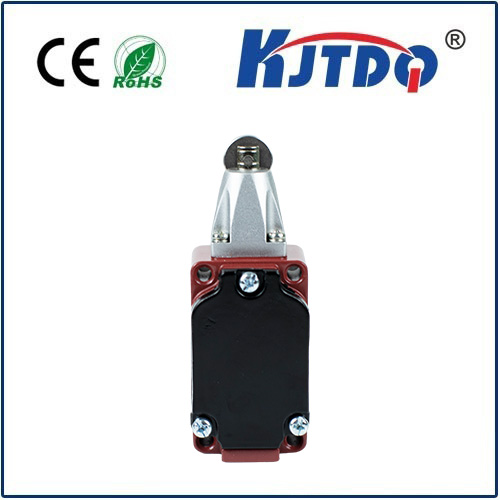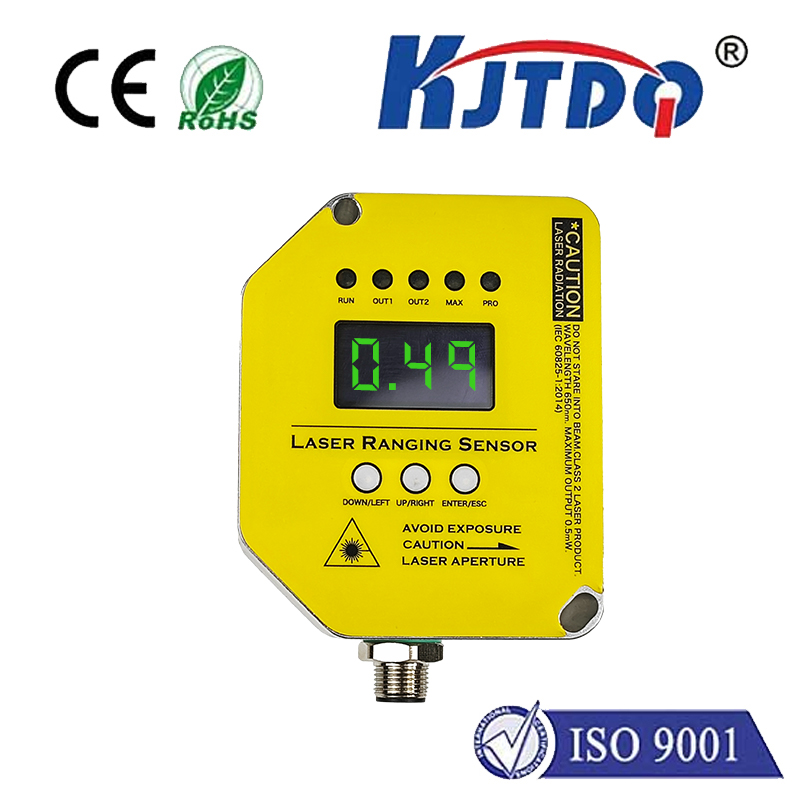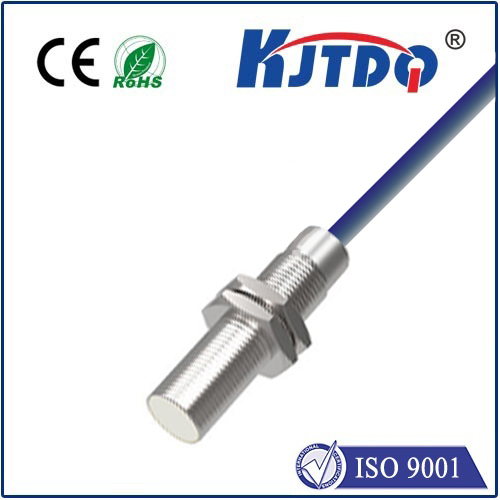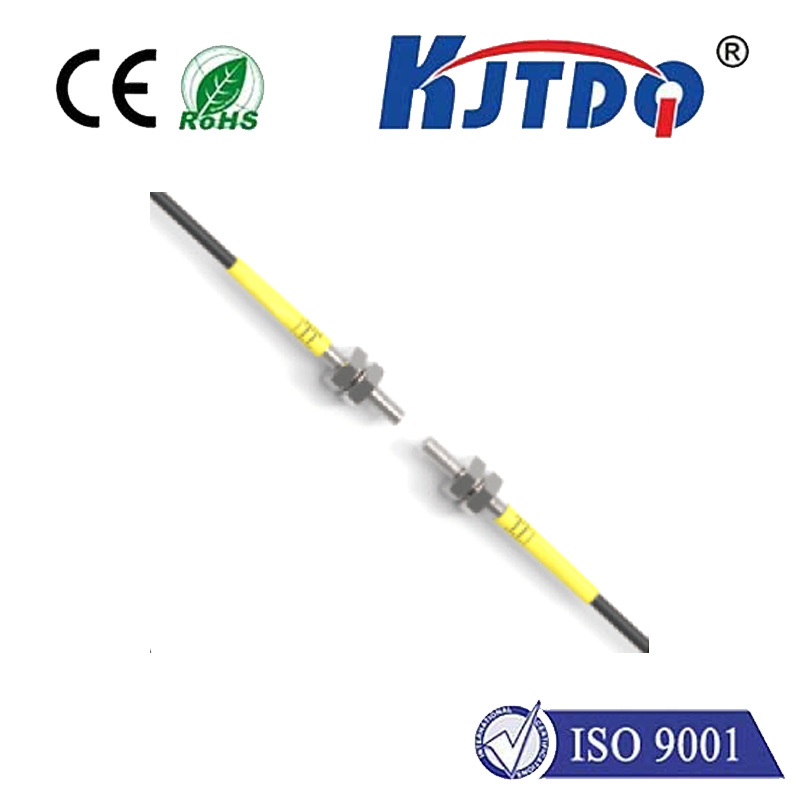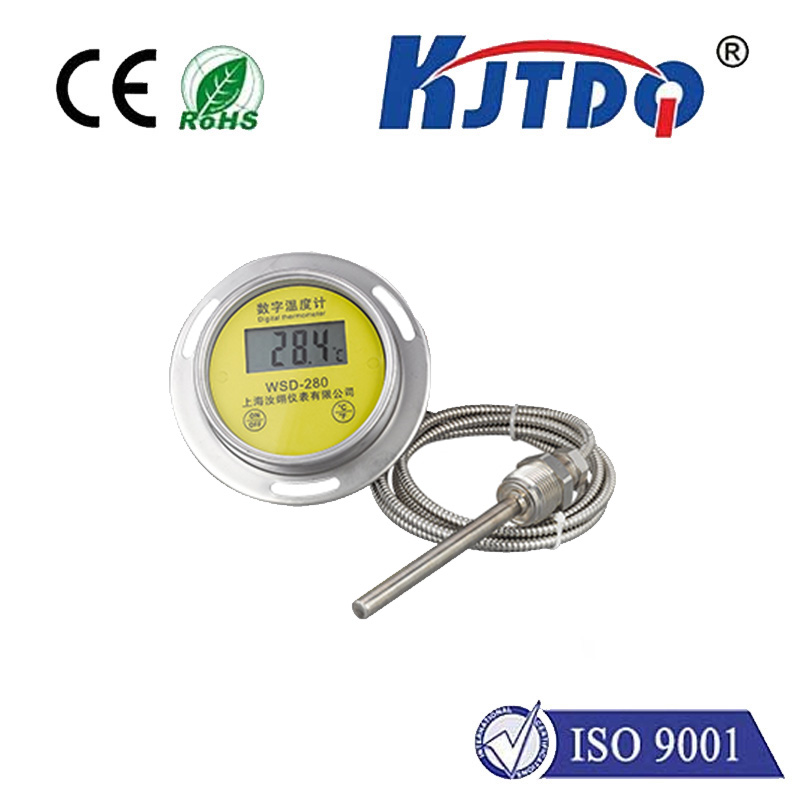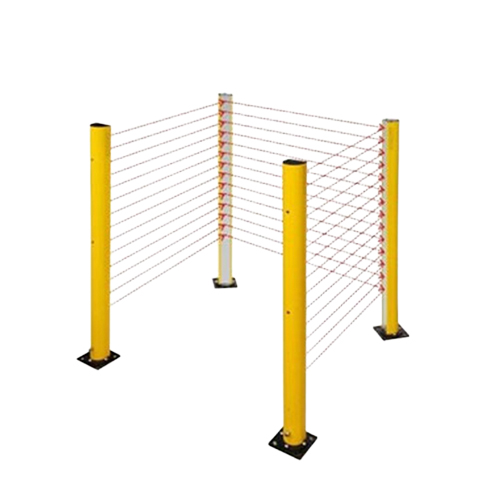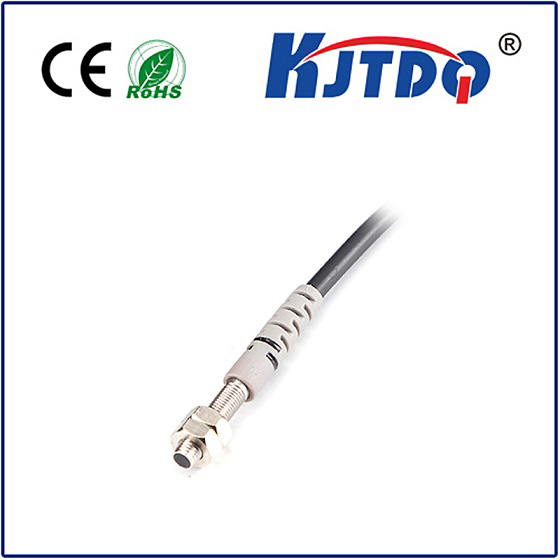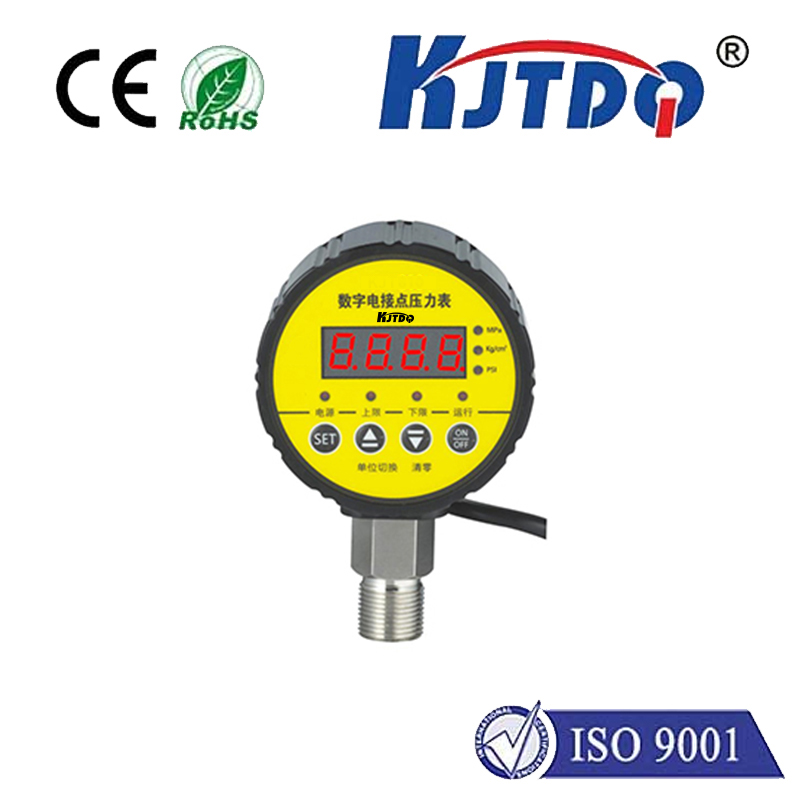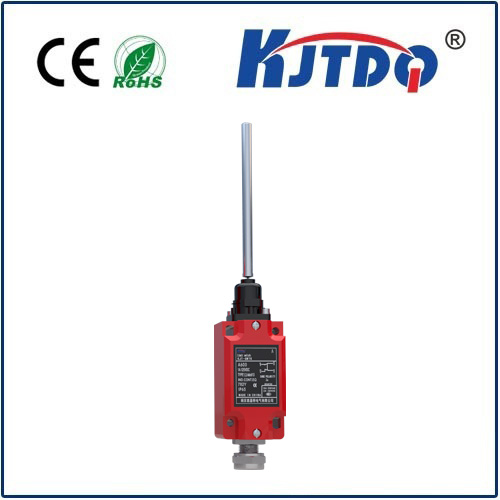Поддерживать ограничитель
- time:2025-08-01 08:58:51
- Нажмите:0
The Unsung Guardian: How Maintained Limit Switches Ensure Reliability and Safety in Automation
Imagine a robotic arm reaching its programmed endpoint. Now, picture that crucial moment when it must stop, reliably and absolutely. Or consider the elevator car gently aligning with your floor – a seamless stop made possible by unseen precision. In countless industrial and commercial settings, this critical function, the dependable halting or position verification, hinges on a workhorse component: the Поддерживать ограничитель. Often overlooked but fundamentally vital, these switches are the silent sentinels ensuring operations proceed safely and machines function within their designated boundaries.
Demystifying the “Maintained” Distinction
Unlike their more common counterpart, the momentary limit switch (which only signals while physically actuated), a Поддерживать ограничитель possesses a unique characteristic: it retains its new state even after the actuating force is removed. Think of it like a light switch. When you press a momentary switch, it’s like pushing a doorbell – it chimes only while pressed. A maintained switch is like flipping a light switch – it stays “On” or “Off” until you actively change it back.
This latching mechanism is key to its function. Once tripped by a cam, roller, lever, or plunger (the actuator), the switch contacts physically snap into an altered position – either Normally Open (NO) contacts closing or Normally Closed (NC) contacts opening – and crucially, they hold that new position. They maintain the signal. Resetting typically requires a deliberate reverse action, either by the machine moving back and physically releasing a latch or, in some designs, by a separate manual or automated command.
Why “Maintained” Matters: Core Advantages in Application

This inherent design feature delivers several critical advantages that make maintained limit switches indispensable in specific scenarios:
- Position Verification & Confirmation: They provide a persistent signal confirming that a machine component has indeed reached, or is reliably positioned at, a specific limit. This is invaluable for automated sequences where the next step depends on absolute verification of position. A momentary switch only signals during contact; a maintained switch confirms the position has been achieved and held.
- Enhanced Safety Interlocking: In safety circuits, knowing a guard door is securely latched or a safety gate is definitely closed is paramount. A maintained limit switch provides a continuous “safe” signal. If the guard is opened, the switch changes state and stays changed, immediately and persistently breaking the safety circuit until the guard is properly resecured and the switch reset. This latching action is fundamental to failsafe operation.
- Status Indication: Their persistent state makes them ideal for remote status monitoring. Control panels can reliably display “Machine at Home Position” or “Guard Open” based on the switch’s maintained output, without needing constant interrogation.
- Power-Off/Power-On Reliability: Since their state is mechanically latched, maintained switches retain their last known position even during power loss. When power returns, the system immediately knows the status (e.g., “guard still open”), avoiding ambiguous startup conditions that momentary switches might present.
- Error-Proofing: The requirement for a deliberate reset action after being tripped prevents machines from attempting to operate if critical conditions (like an open guard) haven’t been properly remedied.
Where You’ll Find These Reliable Sentinels
Maintained limit switches are the backbone of safety and critical positioning in numerous industries:
- Material Handling & Conveyors: Verifying pallet presence/absence in specific zones, confirming divert arm positions, indicating end-of-track positions reliably.
- Packaging Machinery: Ensuring forming dies or sealing heads are fully retracted and locked before product transfer or operator access is allowed.
- Robotics: Providing absolute position feedback for robot home positions or end-of-travel limits, essential for calibration and preventing overtravel damage.
- Elevators & Lifts: Confirming car position at landing floors and ensuring doors are fully closed and locked before movement commences (a critical safety function).
- Heavy Machinery (Presses, Shears, etc.): Acting as primary safety interlocks to confirm guards are securely closed and latched before a potentially dangerous cycle can initiate. The latching nature prevents a momentary bounce from accidentally triggering operation.
- Access Control & Gates: Verifying gates or doors are fully closed and secured.
Installation and Maintenance: Ensuring Long-Term Reliability
Like any critical component, proper installation and maintenance are key to the sustained performance of maintained limit switches:
- Precise Positioning: The actuator must engage the switch mechanism correctly and consistently at the desired limit point. Misalignment can cause premature failure, unreliable tripping, or failure to trip.
- Appropriate Actuator Selection: Choose the actuator type (roller lever, plunger, wobble stick, etc.) best suited to the application’s speed, force, and engagement angle.
- Environmental Protection: Select switches with adequate IP (Ingress Protection) or NEMA ratings for dust, moisture, oil, or chemical exposure. Corrosion can impede the latching mechanism.
- Regular Inspection & Testing: Periodically check for physical damage, buildup of contaminants, proper actuator engagement, and freedom of movement. Test the switch’s operation and confirm it reliably changes state and holds that state when tripped.
- Resetting Mechanisms: Ensure resetting mechanisms (whether automatic upon machine reversal or manual) function smoothly and reliably. A sticky latch compromises the entire safety function.
- Electrical Rating Adherence: Never exceed the switch’s rated current and voltage for the load it controls.
The Future of Latching Reliability
While the fundamental mechanical latching principle remains core, maintained limit switches continue to evolve. Modern variants may incorporate:
- Solid-State Options: Offering the latching logic electronically for applications needing ultra-high cycle life or resistance to vibration/shock, though mechanical switches still dominate high-force safety applications.
- Diagnostic Feedback: Integration with IO-Link or similar protocols to provide switch health status (actuation count, potential pre-failure warnings) alongside the core maintained signal.
- Enhanced Robustness: Improved sealing technologies and corrosion-resistant materials extend life in harsh environments.
Выводы
The Поддерживать ограничитель is far more than just another sensor; it’s a fundamental pillar of machine safety, reliable automation sequencing, and critical position verification. Its defining ability to physically latch and hold its state provides persistent confirmation and creates inherent failsafe conditions that momentary switches simply cannot match. From preventing catastrophic machinery overtravel to ensuring a safety guard is truly locked before operation begins, these robust components silently and reliably uphold the integrity of countless automated processes. Understanding their unique function and maintaining them diligently is paramount for achieving safe, efficient, and error-free industrial operations day in and day out. They are the unwavering sentinels, confirming: This position is reached. This state is secure. Proceed only if safe.

